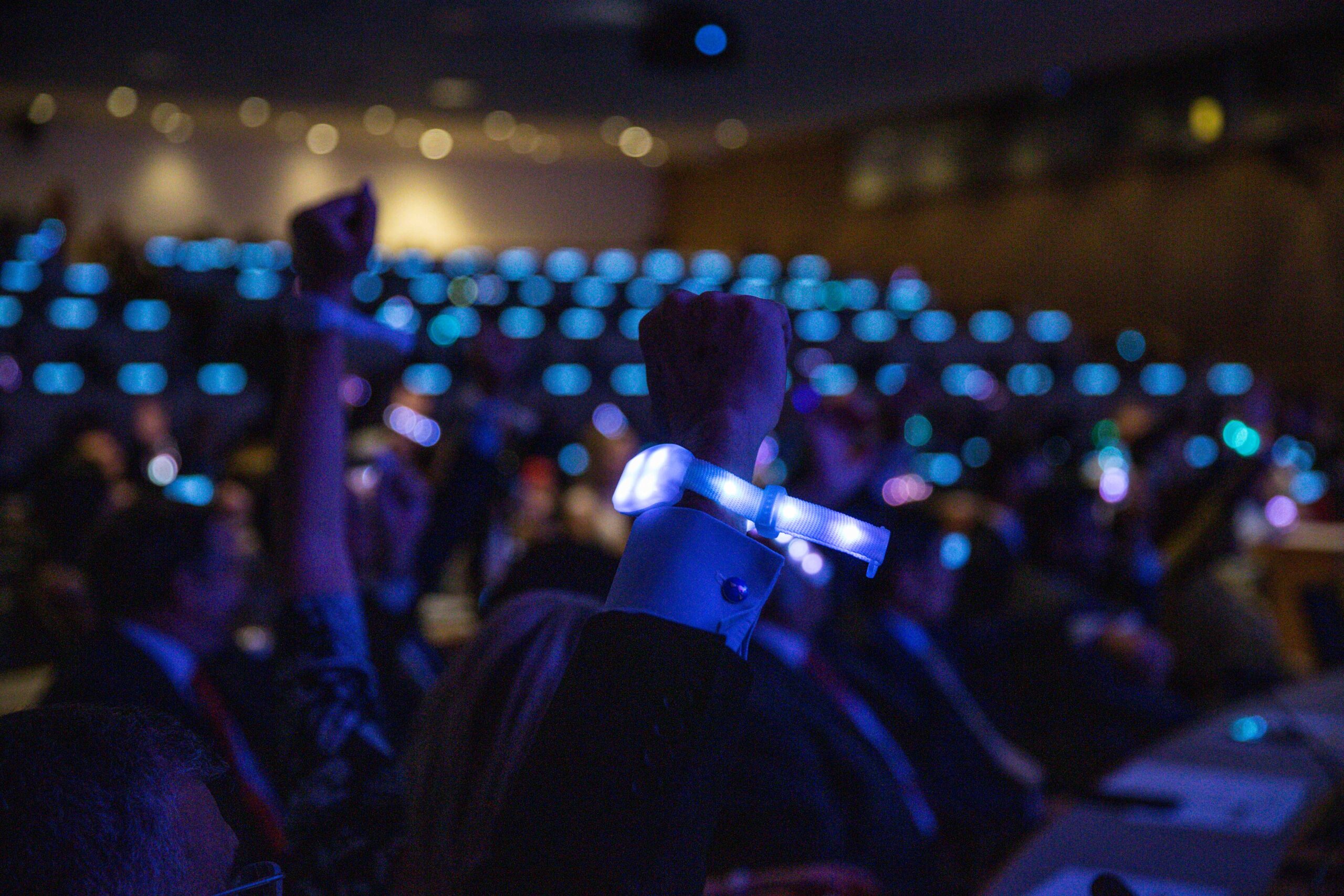
Shaping technology for good
It isn’t big news that digital technologies, and Artificial Intelligence (AI) in particular, are starting to shape our present and will contribute to shaping our future. In every field of research and action, scholars and practitioners are wondering how AI and other emerging technologies can have an impact in their area.
Opening a newspaper or a magazine, the title “Ai and …” or “How big data will change …” has become the new normal.
Easy to imagine, in the peace domain it’s happening the same and the expression PeaceTech denotes this new branch of work. As with every new exploration, it needs research and pilot activities. The concept of PeaceTech refers to initiatives that aim to promote and regulate the use of different technologies for a variety of objectives related to diplomacy, the prevention of violent conflicts and peacebuilding.
Yet, while different organisations are becoming engaged, the subject remains under investigated.
This is because the debate on the impact of digital technologies runs the risk of ending up in the discussion of the link – certainly critical but partial – between cybernetics and international security. In light of the increasingly aggressive use of digital technologies for international competition, analysts wonder how geopolitics itself is destined to transform itself in the light of the new spaces that have opened up in the immateriality of the web and the increasingly numerous digital applications.
While on the one hand, this area of research is unavoidable, it also seems imperative that international policymakers encourage a similar intellectual and research effort aimed instead at understanding the much less investigated relationships between new technologies and the future of international peace. In fact, new technologies represent opportunities for international peace processes and mediation, and it is crucial to explore these opportunities and to increase exchange, debate and dissemination
Practical ways to use technology for peace
Another risk in the PeaceTech domain is to remain rather vague and with limited case studies. Two concrete examples can help to better understand possible trajectories. Conflict early warning represents a significant case. Basic technology like text messages has already changed the field more than two decades ago, with concrete applications in Kenya and other countries.
Today, early warning strategies by the UN, some regional organisations and states rely on an integrated system of complex indicators and big data. Text messages have been substituted by specific and certified applications. In this framework, the Peace Research Institute of Oslo (PRIO) with the Uppsala University in Sweden has developed the Violence & Impacts Early-Warning System (VIEWS), an early-warning and early-action strategies system integrating AI. In this system, algorithms are trained to recognise patterns that precede violent conflict, using both supervised and unsupervised learning methods to make predictions about the likelihood and severity of conflicts up to three years in advance.
In terms of mediation and inclusion, an Agency for Peacebuilding study has shown digital technologies can support inclusion. Yet, the selection of the digital technologies to be used in a specific intervention should be based on a careful context and conflict analysis as well as on the specific objective and target of the action.
A significant example is represented by the AI-supported dialogues in Sudan conducted by CMI-Martti Ahtisaari Peace Foundation. In Sudan, the war that erupted in April 2023 between the Sudanese Armed Forces (SAF) and Rapid Support Forces (RSF) has stalled the democratic transition the country was undergoing. CMI-Martti Ahtisaari Peace Foundation launched the AI-supported digital dialogues to understand the new priorities and perspectives amidst the conflict. The organisation used Remesh, a software product developed for real-time writing, which features integrated AI-powered analytics functions capable of processing large amounts of textual data.
The findings of the dialogues, which eased the identification of consensus and disagreement among the target groups and helped to set the agenda, were shared with the participants through the same channels, in a feedback loop to ensure that they were aware of the findings.
The insights gathered, afterwards, directly informed CMI’s efforts and were also shared broadly among key stakeholders, including international ones.
Investing in Tech for Peace
It would be a mistake, or at least a limitation, to think that digital and communication technology can represent a game changer. Tech determinism overestimates the role of technology and does not work for a healthy integration of it with other analogic dimensions and practices.
At the same time, the political institutions should invest in this direction.
If we take the European Union, the new mission letters sent by Ursula Von Der Layen to the potential commissioners highlight the role of AI but only in industrialisation. In foreign policy, the use of technology is still limited to cyber security and some niches, but an overall strategy related to conflict prevention, foresight, peacebuilding and mediation is still missing.
Will the Commission embrace this challenge as part of its innovation strategy in foreign policy?































